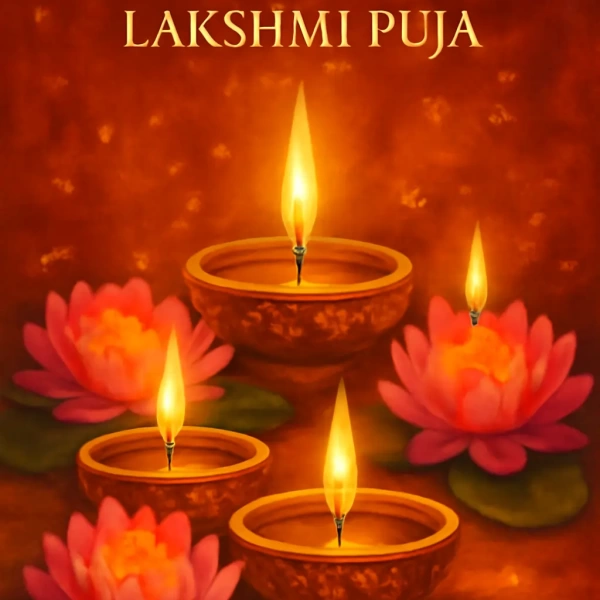Introduction: One Nation, Many Harvests
India, a country of rich cultures and rural origins, harvests festivals in a profusion of fairs. Although the essence of thankfulness to nature and prosperity ties them together, rituals, gods, and customs vary by location. Lohri in the north, Pongal in the south, and Bihu in the east reveal this stunning diversity. This blog presents a comparative overview of their calendar dates, rituals, cultural expression, and what makes each festival distinct.
One-Page Calendar Overview: When They’re Celebrated
| Festival | Date (2025) | Region | Season |
| Lohri | January 13, 2025 | North India | Winter Harvest |
| Pongal | January 14–17, 2025 | Tamil Nadu | Thai Month Start |
| Bihu (Magh) | January 14–20, 2025 | Assam | End of Pausha Month |
Although Lohri and Pongal typically start on Makar Sankranti, Magh Bihu begins on the same day and runs over a week to highlight post-harvest appreciation and interpersonal bonding.
Rituals: A Region-Wise Comparison
Lohri – Punjab’s Bonfire of Gratitude
Lohri commemorates the culmination of the winter solstice and honors the rabi crop harvest, particularly sugarcane. Children and relatives gather round a bonfire and offer rewri, peanuts, puffed rice, and sesame seeds to the fire while singing old songs such as “Sundar Mundriye.”
Main Rituals:
- Lighting a big bonfire at sunset.
- Offering sweet and grains to Agni Dev.
- Doing bhangra and gidda around the bonfire.
- Worshipping Dulla Bhatti, a legendary Punjabi hero.
It is a festival celebrated in a community with music, warmth, and thanksgiving.
Pongal – Four-Day Thanksgiving of Tamil Nadu
Pongal is a four-day phenomenon: Bhogi, Thai Pongal, Mattu Pongal, and Kaanum Pongal. Every day has its own ceremonies and spiritual significance.
Day 1 (Bhogi): Old things are thrown away, and houses are cleaned to mark a new beginning.
Day 2 (Thai Pongal): The first rice harvest is offered to Surya (Sun God) by farmers. Families prepare sweet Pongal in clay pots and allow it to boil over as an emblem of prosperity.
Day 3 (Mattu Pongal): Cows are celebrated for their contribution to agriculture.
Day 4 (Kaanum Pongal): Families go out together and have merrymaking.
The entire festival demonstrates nature worship, family bonding, and agricultural gratitude.
Bihu – Assam’s Dance of Abundance
Magh Bihu or Bhogali Bihu accentuates feasting and communalism. Villagers, on the night before (Uruka), construct temporary shelters (meji and bhelaghar) and prepare traditional foods throughout the night.
Principal Rituals:
- Bonfire ceremonies with communal feasting on Uruka.
- Burning of meji the following morning to seek divine blessings.
- Traditional sports such as buffalo fighting and tekeli bhonga (pot-breaking).
- Preparation of rice cakes (pitha) and sesame and coconut-based sweets.
- Bihu, as opposed to the others, celebrates night-long company, food, and communal rejoicing.
Cultural Symbolism and Expressions
Each festival communicates in its distinctive cultural voice:
| Festival | Symbols | Key Offerings | Art Forms |
| Lohri | Bonfire, rewri, dhol | Sesame, jaggery, peanuts | Bhangra, Gidda |
| Pongal | Boiling Pongal rice, kolam | Sugarcane, milk, rice | Carnatic music, Bharatanatyam |
| Bihu | Meji bonfire, bamboo huts | Pitha, fish, and coconut | Bihu dance, dhol music |
Transition of Beliefs and Regional Deities
While Lohri revolves around folk practices and worship of fire, Pongal emphasizes Surya (Sun God) and livestock. At the same time, Bihu combines agrarian thanksgiving with ancestral ritual and seasonal practices. These celebrations are all about regional piety, deeply grounded in the cycles of the earth.
Spiritual Reflections and Family Roles
During these harvest festivals, elders share ancestral knowledge, while children learn about nature, responsibility, and heritage. Fasting is rare, but generosity, sharing, and devotion stand out as the spiritual highlights. From Lohri’s fire offerings to Pongal’s Surya puja and Bihu’s communal prayers, these rituals instill mindfulness and community spirit.
FAQs: Harvest Festival Clarifications
Q1: Are these festivals religious or seasonal?
They’re primarily seasonal but deeply connected to spiritual and cultural roots.
Q2: Are non-Hindus welcome to join in these festivities?
Absolutely. These festivals are inclusive and are commonly celebrated in secular and social gatherings.
Q3: Which of these is the most environmentally friendly celebration?
Pongal promotes sustainability via clay pots, organic foods, and green kolam. All three, however, can be celebrated sustainably.
Q4: Must there be fasting in these festivals?
No fasting is needed. Rather, feasting and sharing are part of these festivities.
Conclusion: Many Cultures, One Grateful Heart
India’s harvest celebrations present a wide-angle vision of where thankfulness, nature, and celebration meet. Lohri’s warmth, Pongal’s sacred offerings, and Bihu’s bonding interlace a national narrative of plenty and oneness.
Through insight into their differences and respect for their special traditions, we foster not only sensitivity but also appreciation for India’s rich spiritual and cultural fabric.
“Harvest the heart — with fire, food, and faith.”

